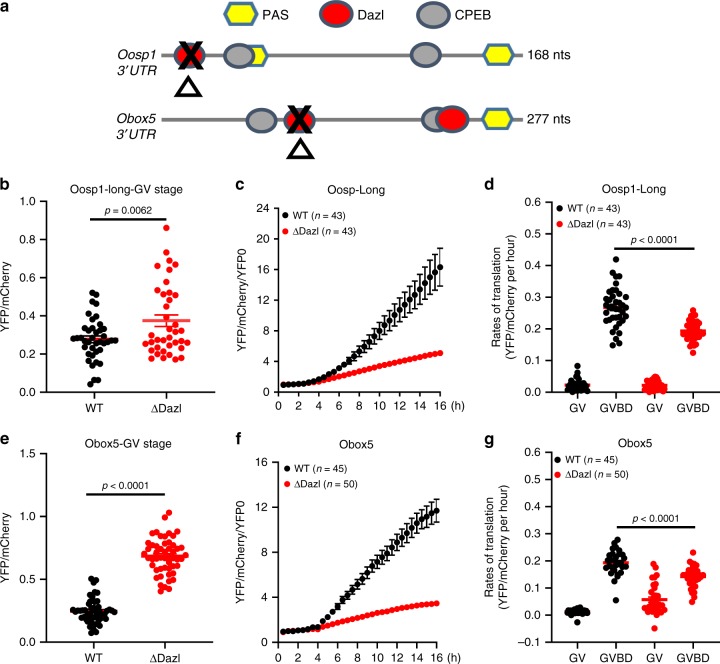Fig. 8. Translation of Oosp1 and Obox5 reporter is dependent on the presence of a DAZL binding element.
Wild type Oosp1 3′UTR or Obox5 3′UTR as well as constructs with mutations in the DAZL binding site were injected along with mCherry-polyadenylated mRNA into GV stage oocytes. After overnight pre-incubation to allow mCherry signal to plateau, oocytes were released in cilostamide-free medium and signals recorded. YFP signal were corrected by the level of co-injected mCherry signal. Black symbols: control; Red symbols: mutant constructs. Experiments were repeated three times and the number of oocytes recorded is reported. a Scheme of the Oosp1 and Obox5 3′ UTR and position of the PAS, putative CPEB1 and DAZL-binding elements. Mutagenesis of the putative DAZL-binding element was performed as detailed in “Methods” section. A red oval represents the DAZL consensus sequence in the 3′UTR of Oosp1 and Obox5. A black cross indicates the mutated DAZL-binding consensus sequence. b, e The effect of DAZL-binding element mutation on Oosp1 (unpaired two tailed t-test, p = 0.0062) or Obox5 (unpaired two tailed t-test, p < 0.0001) translation in GV stage. Rates of reporter accumulation were calculated for each GV-arrested oocyte and plotted as individual dots. Mean and SEM values were calculated from three independent experiments. c, f Mutation of DAZL-binding element on 3′UTR of Oosp1 or Obox5 decreases translation of reporters during oocyte maturation. YFP signals were corrected by the co-injected mCherry signal. Each time point was normalized to the first YFP:mCherry ratio. d, g Rates of YFP-Oosp1 or YFP-Obox5 reporter accumulation compared to a wild type reporter calculated from c, f (unpaired two tailed t-test, p < 0.0001).

